Zagan
In 1939, a prisoner of war camp (Stalag VIII C) was established at the small town of Zagan in present-day western Poland. The prisoners were forced to work in nearby industries. In April 1942, a second camp was set up next to Stalag VIII C for downed pilots and crew members from the american and british air forces. The camp was called Stalag Luft III and was run by the German Air Force (Luftwaffe). Initially, only American and British airmen were imprisoned, but later, airmen from other nationalities were imprisoned. In 1944, about 10,500 prisoners of war were imprisoned in the camp. The prisoners of Stalag Luft III did not have to work and their daily routine consisted of various cultural and sporting arrangements.
In spring 1943, a resistance group within the camp began planning an escape by digging three tunnels from three different barracks. These were named Dick, Tom and Harry. Dick was discovered by the Germans during a routine check and destroyed. Tom was abandoned when the Germans extended the camp in the direction the tunnel was dug. Tom was instead used as a storage room during the construction of Harry. The entrance to Harry was under the fireplace and when completed in January 1944, it was 10 meters deep and 111 meters long. The prisoners worked in shifts to excavate the tunnel and they installed both electricity and rails to simplify digging. About 132 tons of sand were dug out, which then was spread out in the camp area.
The (big) Escape was decided for the night between 24 and 25, March, and it was planned that 200 prisoners would take part. When the first prisoners opened the tunnel on the other side of the camp, it turned out that the tunnel was too short and the exit was on open ground. It could therefore be easily detected if the guards made a sweep with the searchlight. This meant that the escape took much longer than planned as the escapees needed to be very careful while crawling to saftey. In addition, parts of the tunnel collapsed which took time to repair. The exit of the tunnel was discovered by a guard in the morning and four prisoners were immediately arrested.
Those who remained in the tunnel were forced to retreat and hid in the camp to avoid detection. 76 prisoners managed to escape, but of these, 73 were captured in different parts of occupied Europe. Only three managed to escape to freedom. Of the 76 prisoners captured, Hitler ordered the execution of 50. The 23 who were not executed were sent back to various camps, including Zagan. After the escape was discovered, Harry was destroyed by the Germans. After the war both Stalag VIII C and Stalag Luft III were demolished.
Current status: Demolished with museum (2010).
Location: 51°35'47.52" N 15°17'32.45" E
Get there: Car.
Follow up in books: Brickhill, Paul: Great Escape (2009).
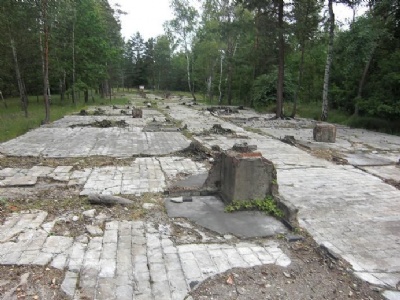
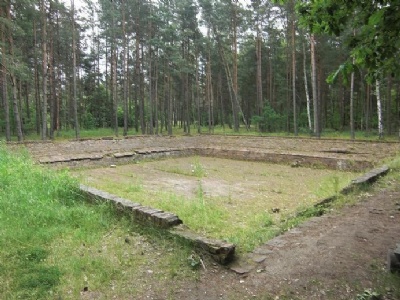
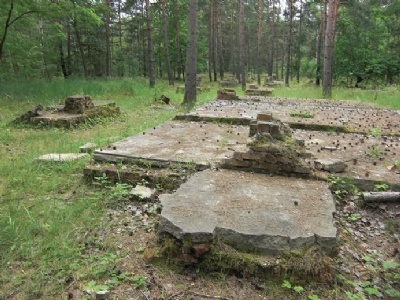
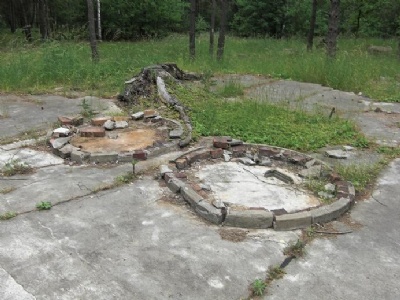

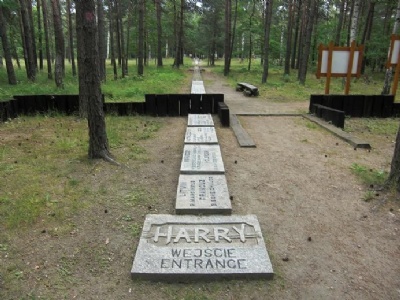
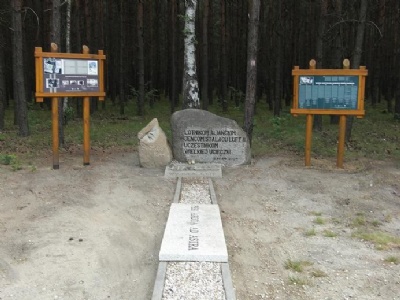
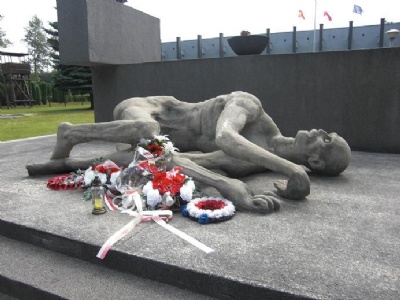
The museum is located on the area where Stalag VIII C was located while Stalag Luft III is about a kilometer from the museum. The ruins of Stalag Luft III are scattered in a forest and there is an information board at each ruin that describes its function. The ruin is also marked on an aerial photo taken during the war that makes it easy to point out where in the camp that particular building was. The tunnel Harry is marked from its beginning to its end. In 1963 Hollywood made a movie based on the escape called, The Big Escape. It was a huge success and starred several big movie stars like Steve McQueen, Charles Bronson, James Garner and Richard Attenborough.